André the Giant- The Larger Than Life Story of a Pop Culture Icon

Before Roman Reigns and John Cena, before Steve Austin and The Rock, before even Hulk Hogan, there was no bigger – literal or figurative – star in professional wrestling than André the Giant.
The 7-foot Frenchman was an international superstar during the 1970s and 80s, and made it into the 1974 Guinness Book of World Records as the highest-paid wrestler in history (at that time), earning near $400,000 a year. In addition, André appeared in numerous films and television shows which made him a crossover sensation amongst non-wrestling fans.
However, the same genetics that gave André the Giant the size that made him a superstar also wreaked havoc with his body, leaving him a ravaged shell of himself by the time he hit his mid-40s.
Take a trip back in time with us, as we look at André the Giant’s life… and death.
The Birth of the Giant
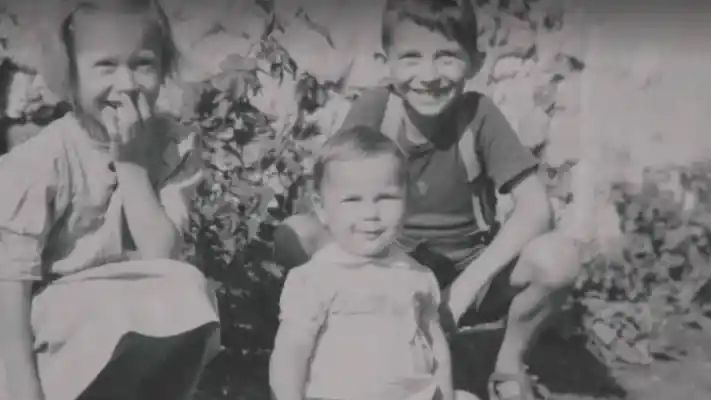
André Roussimoff was born in France on May 19, 1946. His parents, Boris and Mariann Roussimoff, were each immigrants, he from Bulgaria and she from Poland.
Childhood
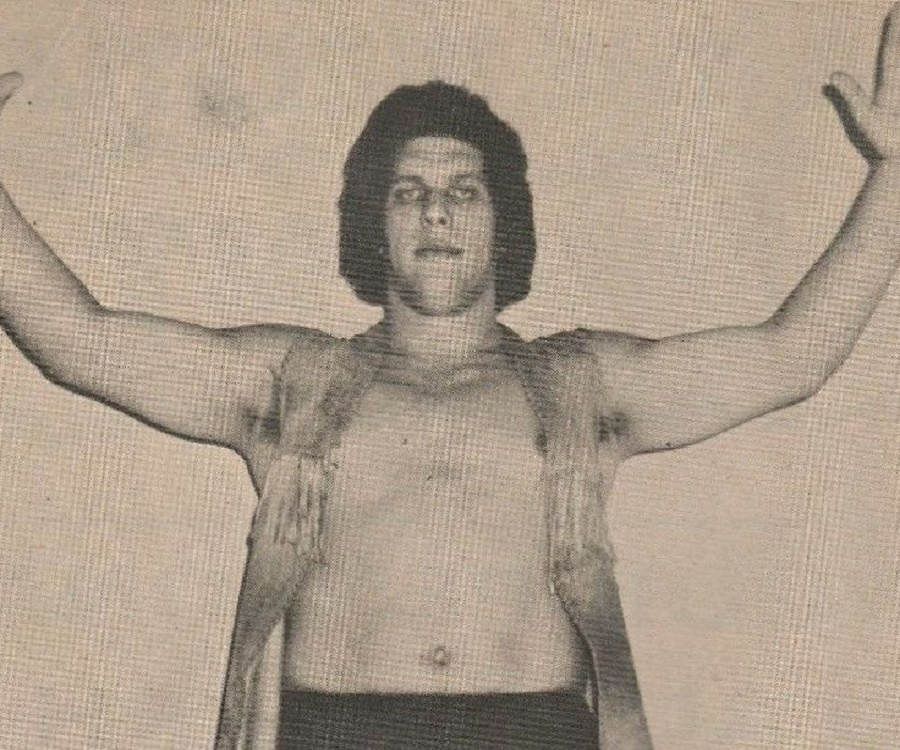
The Roussimoff family lived in the Molein section of France. Young André – who went by the nickname Dédé – had a rather idyllic childhood on his family’s farm.
Gigantism

As André grew older, it quickly became obvious to those around him that something was amiss. By the age of 12, André was 6-foot, 3-inches tall and weighed 208 pounds. André’s excessive growth led to a diagnosis of gigantism, which is defined as, “abnormally great development in size or stature of the whole body or of parts of the body, most often due to dysfunction of the pituitary gland.”
Farm Boy
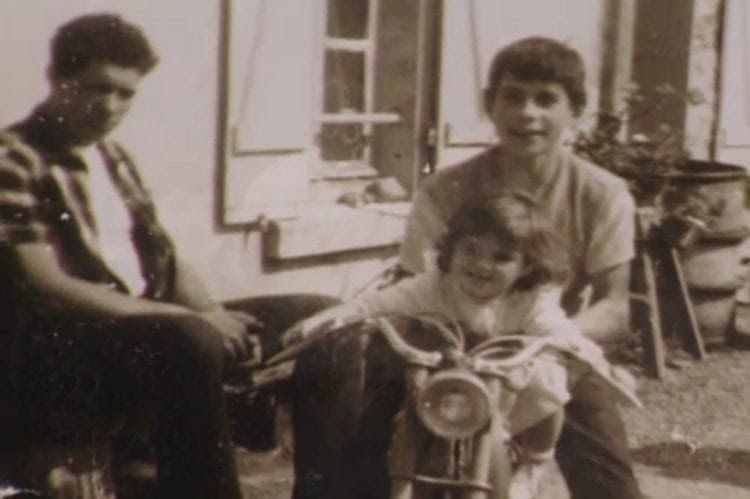
André dropped out of school after the eighth grade. Despite good grades, particularly in math, he felt that he didn’t need a high school education to work on his family’s farm. And work André did. According to his brother Jacques, André’s remarkable size allowed him to do the work of three fully grown men.
Introduced to Wrestling

André’s life changed forever when a French wrestling promoter introduced him to the staged sport at the age of 17. The promoter moved André to Paris where, after training, he debuted as “Géant Ferré”, based on the French folk hero Grand Ferré.
Worldwide Star

Not too long after he began wrestling, André met Canadian wrestling promoter Frank Valois, who went on to become his business manager. Valois arranged for André to begin touring various wrestling promotions around the world, including those located in United Kingdom, Germany, Australia, New Zealand, and Africa.
Big in Japan
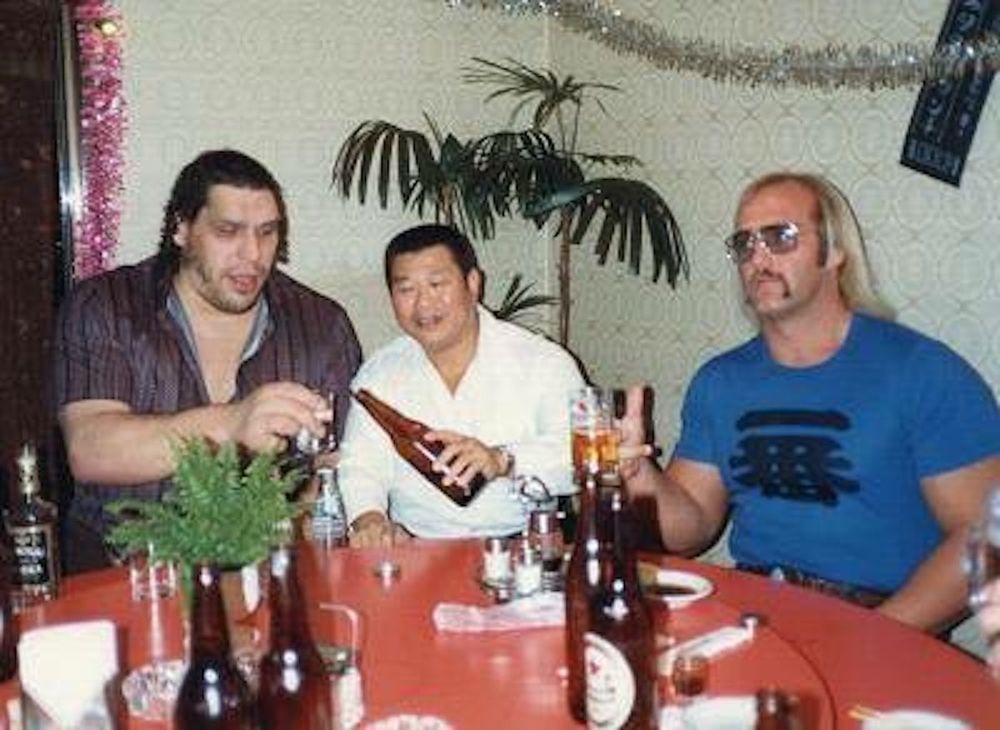
In 1970, André – billed as “Monster Roussimoff”– made a successful debut in Japan, where the Giant would become beloved. While in Japan, André learned that he had acromegaly (a disorder that results from excess growth hormone (GH) after the growth plates have closed) that stemmed from a tumor on his pituitary gland.
Andre's Choice
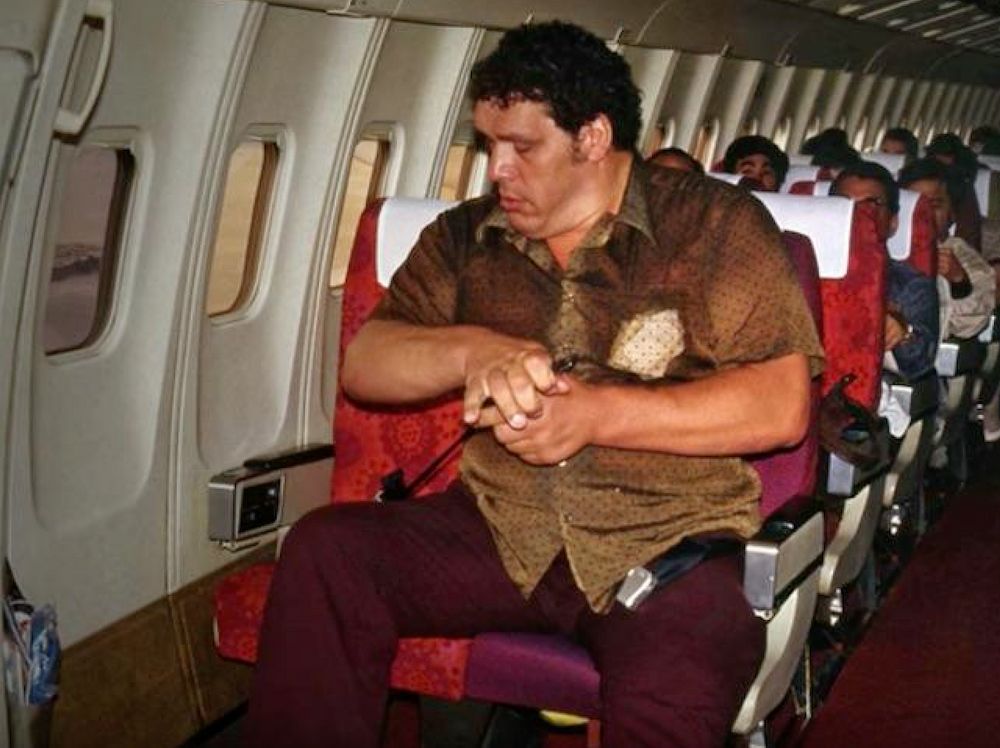
Once he learned of his acromegaly diagnosis, Andre was given several options on how to deal with it. However, despite the potential for improving his quality of life, Andre consistently chose to have no treatment or surgery, fearing that “curing” his acromegaly would negatively affect his burgeoning superstardom.
Coming to America
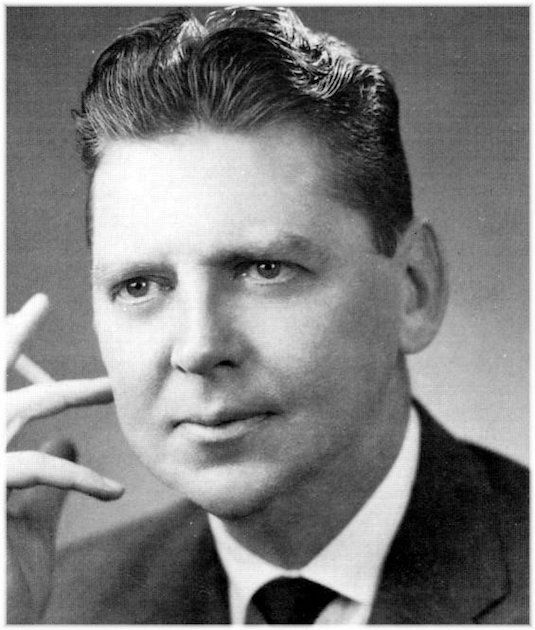
Despite André’s success as a draw around the world, by 1973 crowds were seemingly burned out on him and gate recipes for his appearances began to drop. Looking for advice, Valois turned to North American promoter Vincent J. McMahon (pictured) looking for advice. McMahon immediately took charge of André’s career, and instituted numerous changes that would help define his career. For starters, it was McMahon who dubbed Roussimoff “André the Giant.” McMahon also had André change his wrestling-style, eliminating athletic maneuvers in exchange for powerful moves that exhibited André’s strength.
Touring the Territories
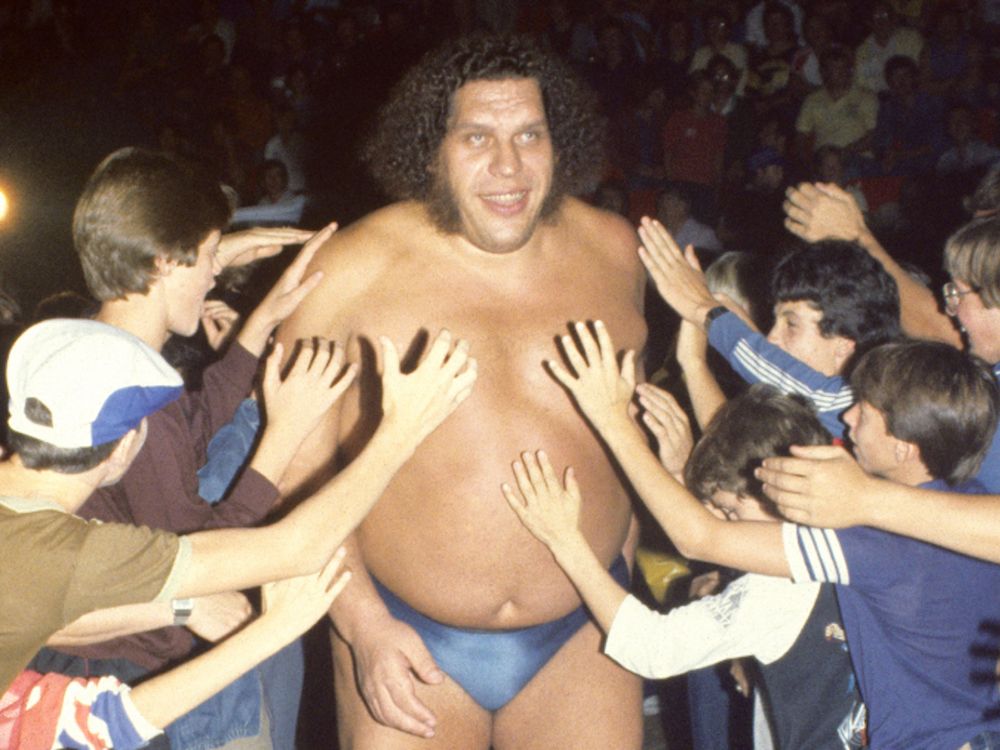
McMahon also set-up a travel-heavy touring schedule for André which saw him moving from territory to territory quickly before becoming stale. This allowed Andre to draw sold out houses for his rare appearances making money for the Giant, the promoters, and McMahon alike. For his part in rehabilitating André’s career, McMahon Sr. took a fee from all of André’s bookings from then on.
Wepner Fight
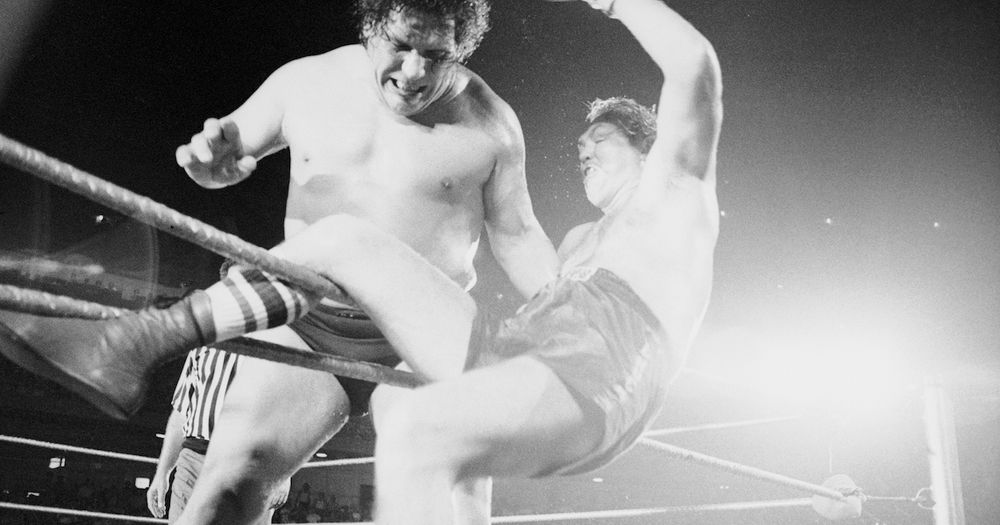
While professional wrestling is obviously scripted-entertainment, André was involved in one very high profile “real” fight in 1976. André took on famous pro-boxer Chuck Wepner (AKA “The Real Rocky”) in an unscripted bout that was part of the promotion for hybrid boxing/wrestling match between Antonio Inoki and Muhammad Ali. The bout ended when André tossed Wepner out of the ring.
Six Million Dollar Giant
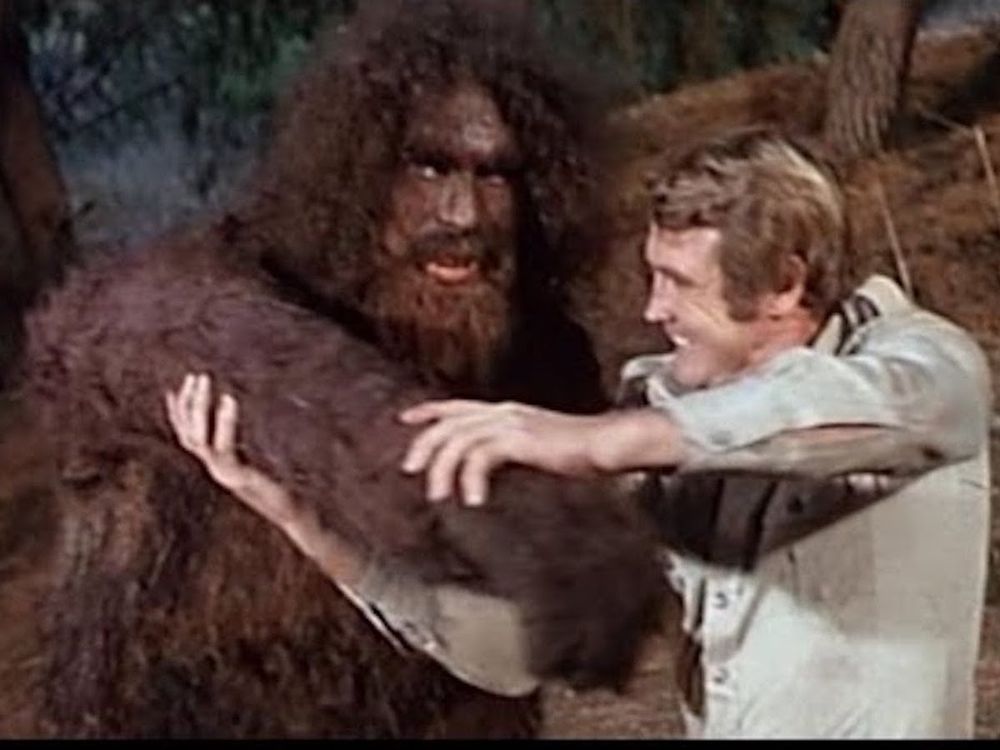
In 1976, Andre appeared as a Sasquatch in the two part Six Million Dollar Man episode “The Secret of Bigfoot.” It was Andre’s first acting role, and greatly increased his level of celebrity, despite the fact that he was hidden under copious amounts of make up.
Undefeated
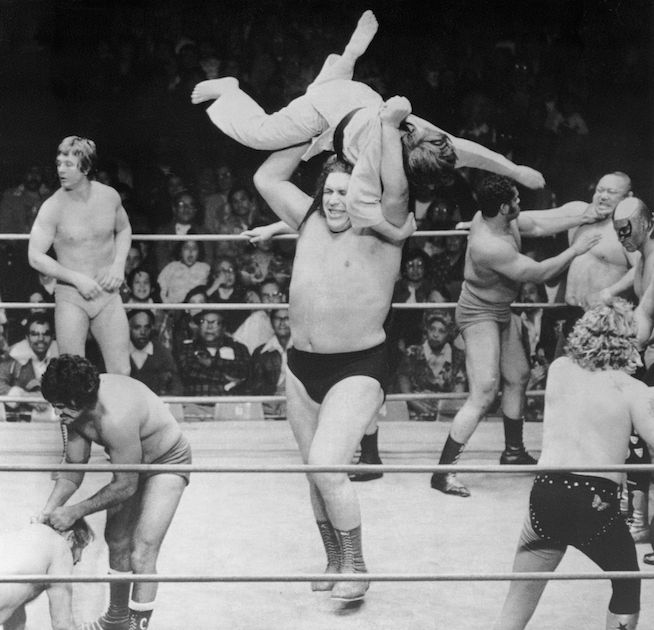
By the time the 1970s became the 80s, Vince McMahon Sr.’s plans for André the Giant had paid massive dividends. André was (no pun intended) the biggest star in wrestling at the end of the territorial era. He criss-crossed the globe, spending time in numerous countries. Because of André’s sporadic appearances, a mythology built around him amongst fans. This was aided by promotors such as McMahon, who pushed André as being “undefeated” despite the fact that he had several losses both in McMahon’s WWWF (the precursor to his son’s future WWE) and other promotions.
Early Meetings

In the late 1970s and early 1980s, the heroically cast Andre had a big-money, main-event level feud with the most evil villain in McMahon’s territory at the time- Hulk Hogan. Just a few years later, the roles would be reversed and the money much bigger.
Beyond the Ring
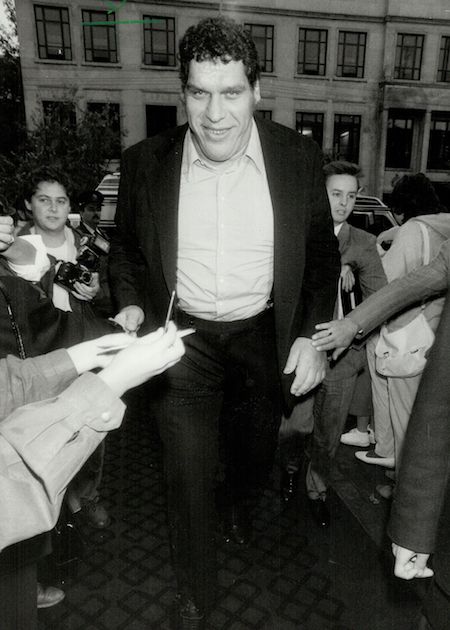
Just as André’s in-ring “feats” became mythical among fans, his out of the ring exploits became very well-known amongst his fellow wrestlers. André’s alcohol intake was legendary according to his peers. Stories abound of Andre drinking hundreds of beers in a sitting, only to have wine with dinner, or indulging in liters of vodka just to “feel warm.” André’s generous heart was nearly as famous as his drinking among his fellow wrestlers. According to his peers, André always insisted on picking up bar tabs and restaurant bills.
WWF
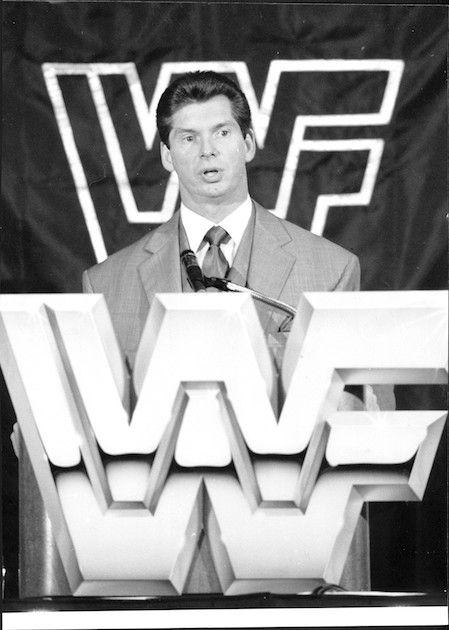
Professional wrestling changed forever in 1982 when Vincent Kennedy McMahon took over ownership of the then WWF from his father, the aforementioned Vincent J. McMahon. The younger McMahon bucked the classic territorial wrestling system, using cable television, syndication, and eventually pay-per-view to build the WWF into a national wrestling promotion. André the Giant was a major part of McMahon’s plan. The promoter began using André exclusively in the WWF (with the exception of Japanese bookings, which McMahon allowed the Giant to continue to accept) as one of the company’s top “babyfaces” (good guys). André was a major part of the undercards of the first two WrestleManias.
'The Princess Bride'
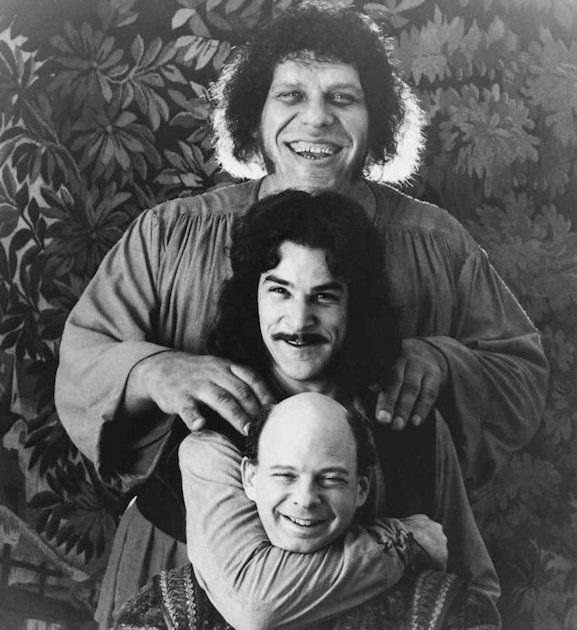
André took a break from the rigors of the wrestling world in 1986 to film The Princess Bride. While the film wasn’t André’s first acting work – he’d appeared in numerous television shows – his role as Fezzik in Rob Reiner’s fairy tail pastiche was different. Instead of playing a monster or ogre, André portrayed a gentle, kind soul. The film, and André’s performance have both gone on to become cult classics.
Anesthesia Urban Legend
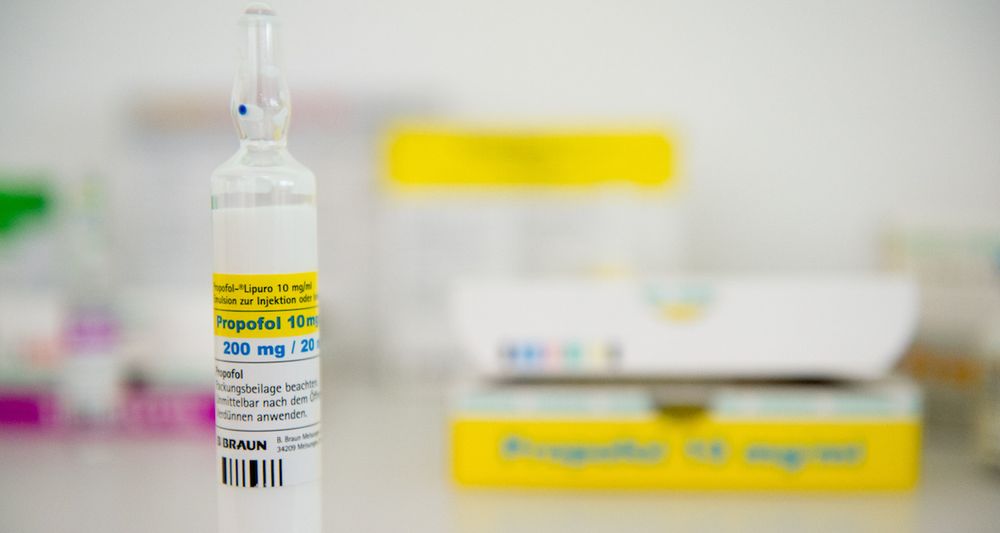
Around the same time that André filmed The Princess Bride, he decided to have much-needed back surgery, which lead to one of the most well-known urban legends about the Giant. According to rumor and innuendo, André’s anesthesiologist was unable to estimate what dosage to use for the surgery through normal means to his size. So, the doctor instead based the amount on André’s tolerance for vodka.
Heel Turn
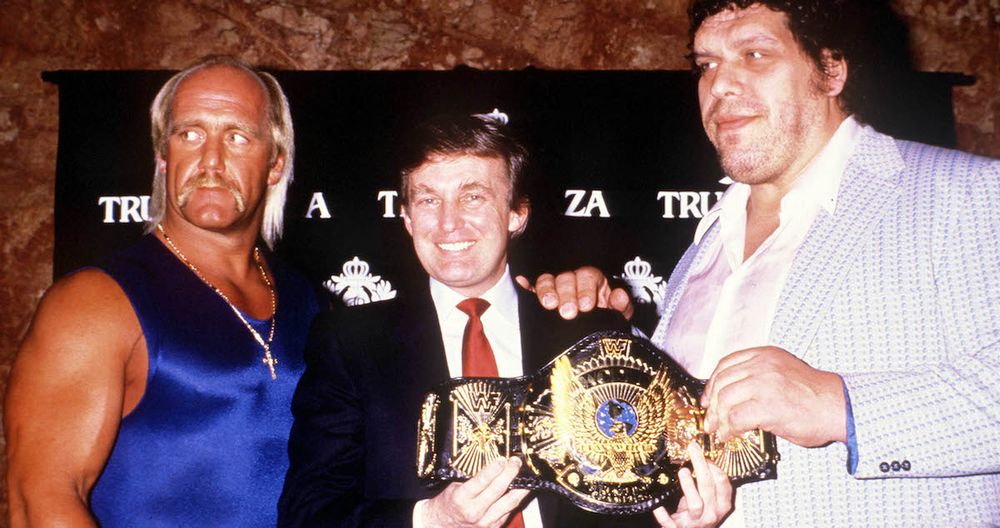
When André returned to the ring 1987, he and McMahon decided it was time for a change. The gregarious babyface André was no more, with the Giant instead positioned as a villainous heel antagonist against the company’s champion – and 1980s pop culture icon – Hulk Hogan. The Hogan/André rivalry set the stage for the biggest wrestling event ever as of 1987.
WrestleMania III

The André the Giant vs Hulk Hogan storyline climaxed at WrestleMania III in March of 1987, which at the time was the largest wrestling event in history. While it wasn’t the first time André and Hogan had wrestled in a stadium – the two had headlined a Shea Stadium show earlier in the decade with the heel/face dynamic reversed – it was the first time they’d tussled in the “modern” national WWF, and it was a huge success. The then-WWF claimed a crowd of over 92,000 people (modern estimates place it closer to 78,000) in Detroit’s Pontiac Silverdome, and a record-breaking $10.3 million take on pay-per-view. The match between the two was highlighted by the now-iconic image of Hogan body slamming André to raucous cheers before pinning him for the victory.
Still on Top

Following WrestleMania III, Hogan and Andre’ remained the top angle in the WWF for most of 1987 and 1988. The two battled at numerous major shows and the first Survivor Series Pay Per View, drawing huge crowds – and more importantly huge money – each time.
(Briefly) World Champion
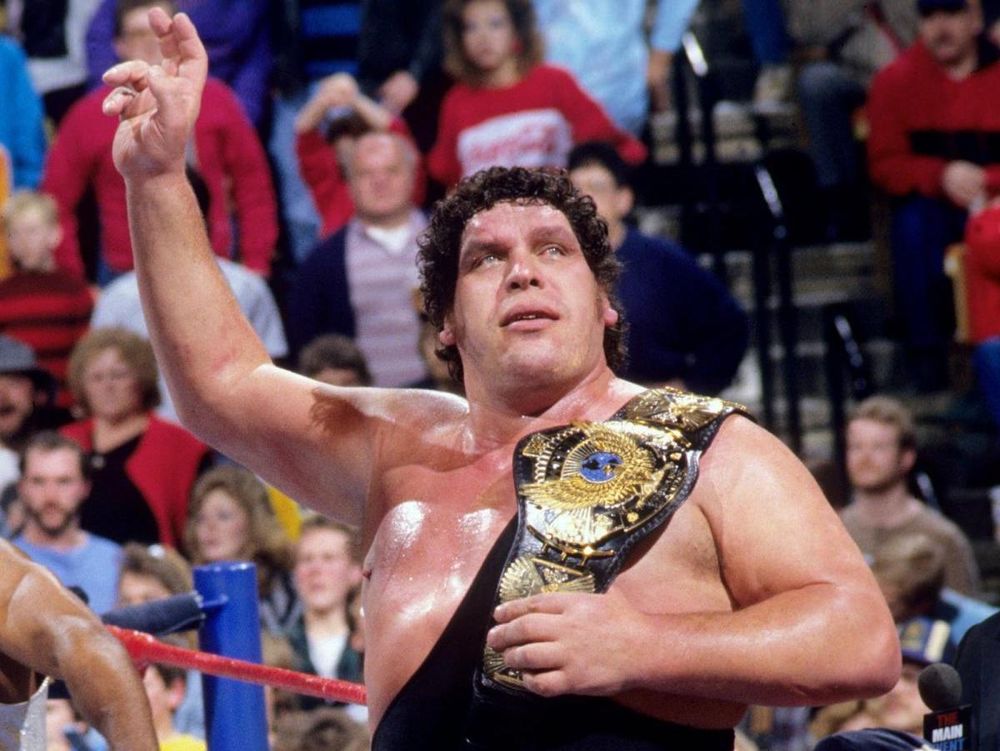
The Andre’/Hogan story reached its climax in February of 1988, when the two met on an episode of The Main Event on NBC. Thanks to “twin brother/evil referee” shenanigans (wresting is weird) Andre’ defeated Hogan to win the World Heavyweight Championship for the first and only time in his career. Moments after the match ended, Andre’ “sold” the championship to the Million Dollar Man Ted Dibiase, furthering the storyline. The match was watched by a record for wrestling 33 million viewers.
Body Breaking Down
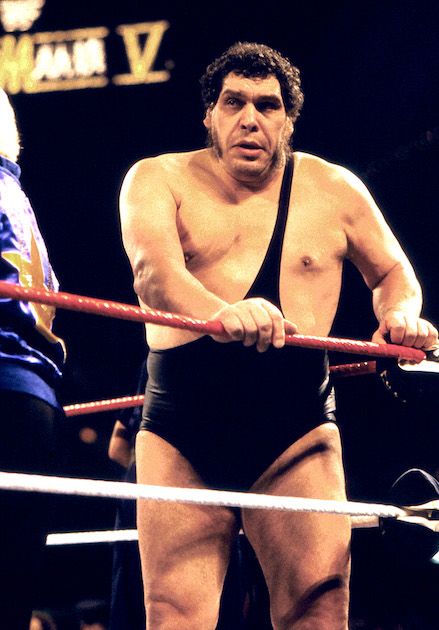
Despite being at (arguably) the peak of his career during his feud with Hogan, André’s body was already breaking down by 1987. His discomfort was even visible in the WrestleMania III match with Hogan, and André wore a specially-designed back brace under his wrestling gear.
'The Boss'
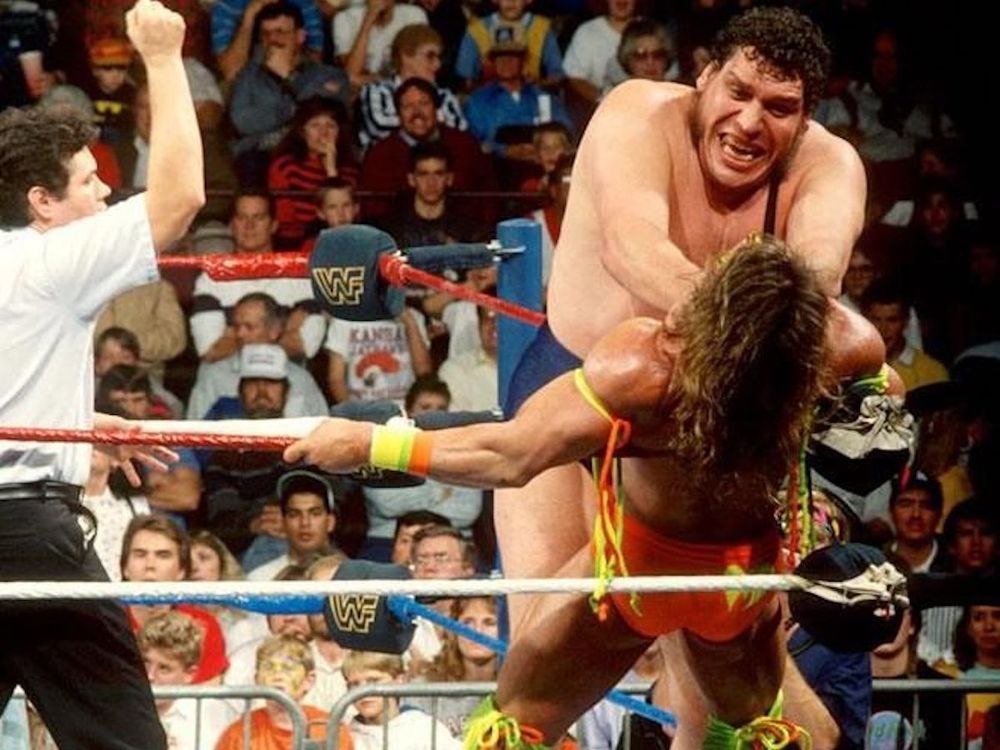
Over the course of his career, Andre’ was a heavily respected presence in the locker room. Fellow wrestlers referred to him as “Boss”, seeking his approval much like characters in The Godfather. Those who gained his approval were rewarded, those who didn’t, including famous performers like Macho Man Randy Savage and the Ultimate Warrior, where often shunned backstage and brutalized for real in the ring by the giant.
Colossal Connection

After his program with Hulk Hogan ended, André shuffled down the card a bit, before being put into a tag team with wrestler Haku – known as the Colossal Connection – to cut down on his in-ring work substantially.
The End
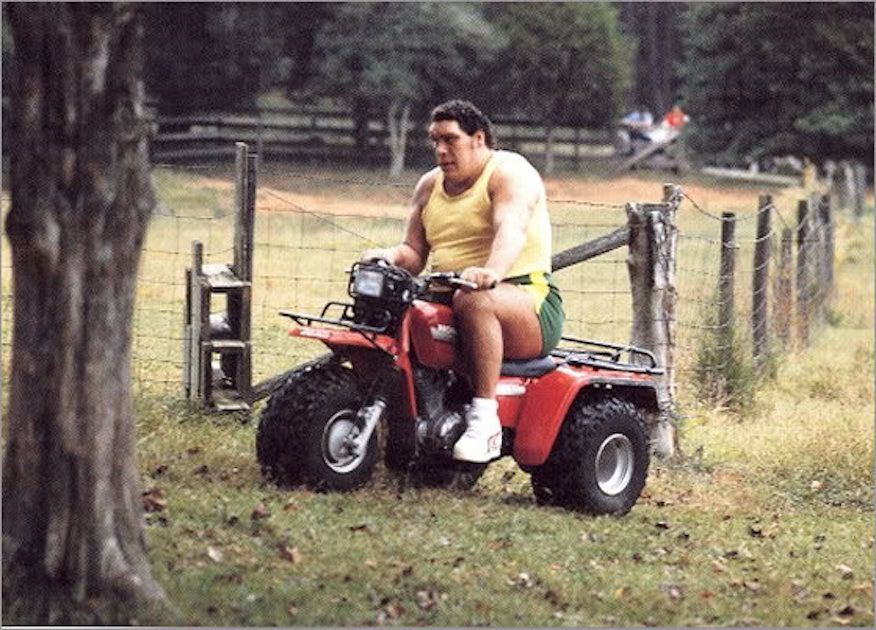
André made his final WWF appearance in 1991, once again as a fan-favorite babyface. He wrestled his final match of any kind in Japan in 1992.
Death
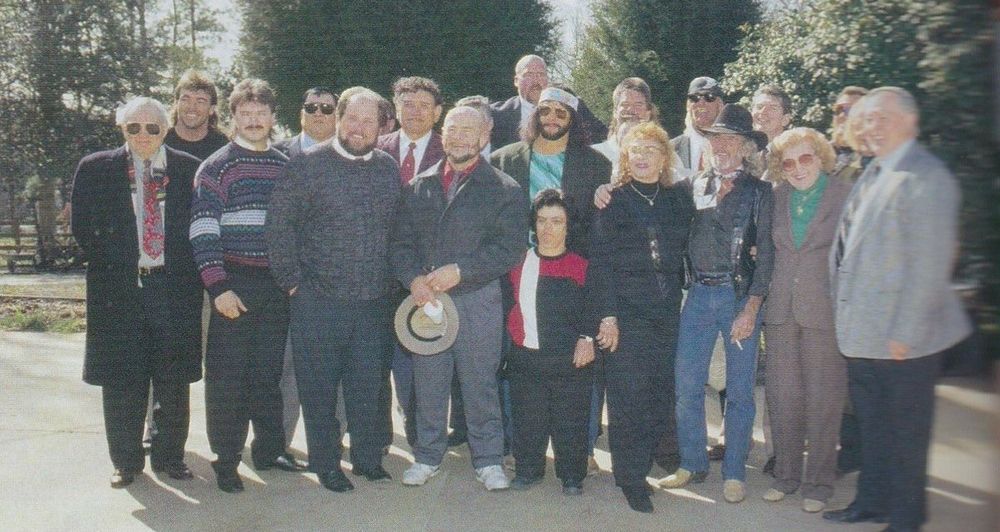
In early 1993, André returned to France to attend his father’s funeral. On January 27, he was found dead in his hotel room by his chauffeur. André died from heart failure in his sleep, brought on by his acromegaly and the strain of carrying so much weight on his body. André’s funeral was attended by many of the luminaries of 1980s wrestling.
Final Resting Place
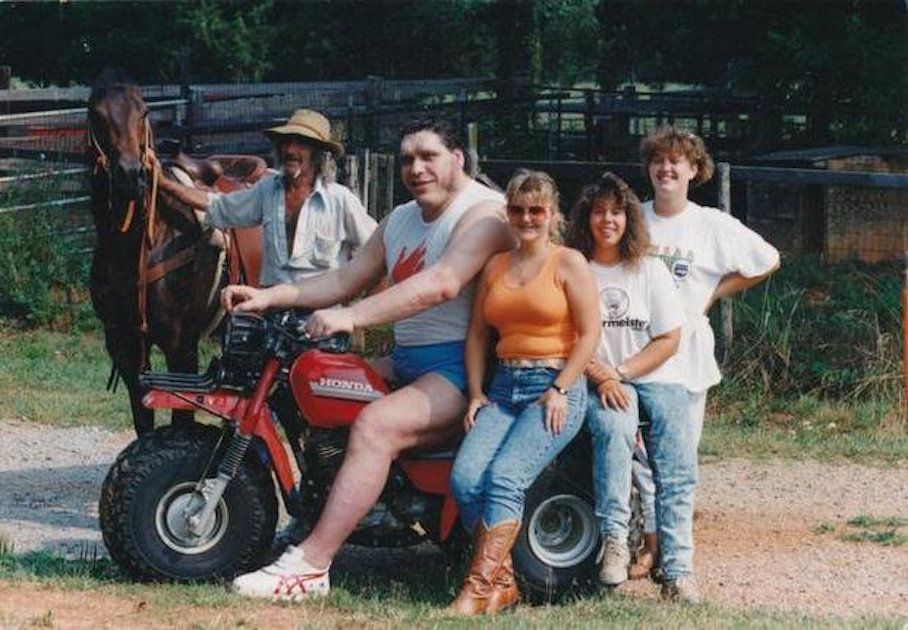
As per his final wishes, André Roussimoff was cremated, and his ashes were scattered on the grounds of his beloved North Carolina ranch. André left the entirety of his estate to his daughter Robin, about whom little is known.
Legacy

In the 25+ years since his death, André the Giant has arguably become an even bigger pop culture presence than he was during his wrestling heyday.MIn addition to continued exposure through the WWE Network and various reissues of The Princess Bride, his image has been used as the face of the wildly popular Obey clothing line.
Smash Hit

In 2018, HBO broadcast a documentary about André’s life produced by sports journalist Bill Simmons that went on to become the network’s most-watched sports documentary of all time.
Football Star?

According to urban legend, Washington football coach George Allen (pictured) once offered Andre a contract to play NFL football for the team. Andre didn’t accept the offer, so we can only imagine what might have been had the Giant attempted to tackle the gridiron.
NFL Stars
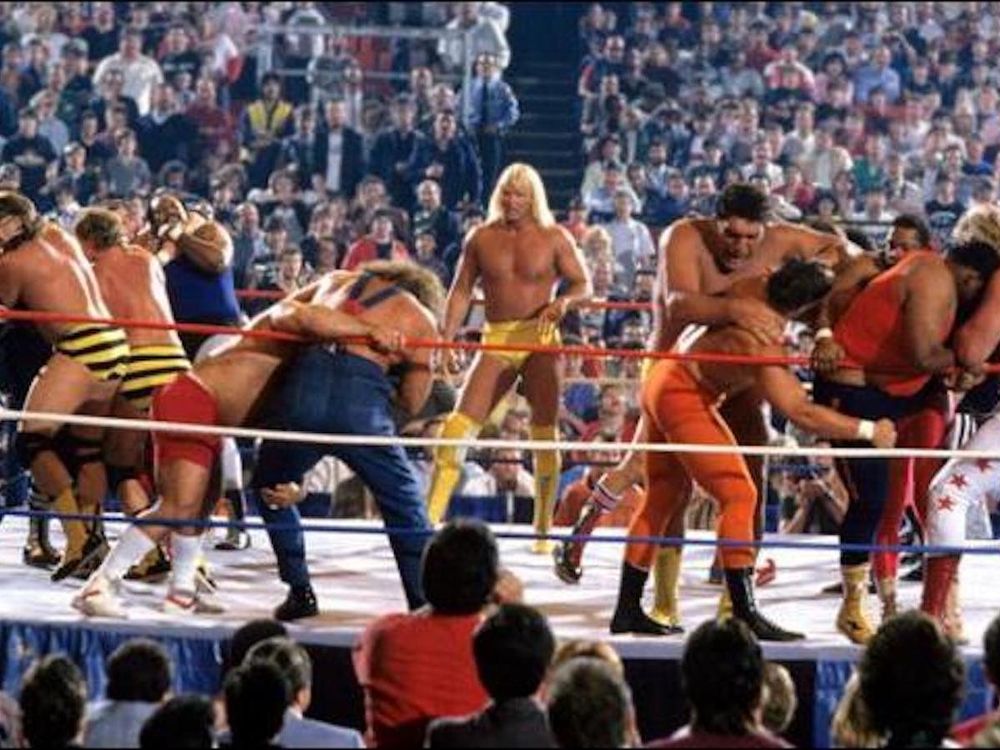
While Andre never did meet NFL players on the field, he did take them on in the ring. At 1986’s WrestleMania 2, Andre was booked to win a battle royal match that featured several football starts of the day including , William “Refrigerator” Perry, Russ Francis, Jimbo Covert and Bill Fralic along with former players Ernie Holmes and Harvey Martin, along with numerous other wrestlers.
Andre's Famous Broken Leg
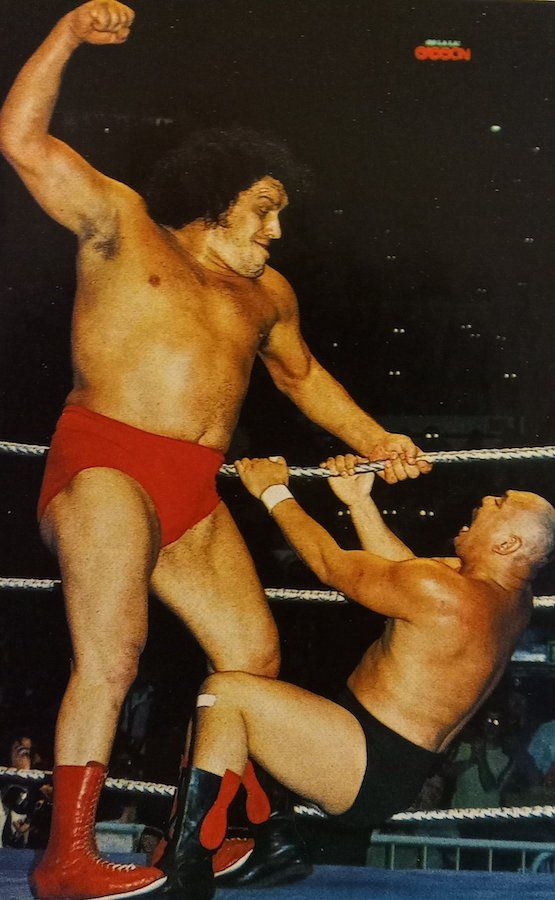
In 1981, Andre stepped out of bed and felt his leg snap, instantly breaking it. Instead of immediately taking time to heal, McMahon Sr. had Andre appear to wrestle a match against Killer Khan, where the rival wrestler “assaulted” Andre and “broke” his leg. After the Giant took time to heal, he returned to the ring to wrestler a series of revenge stretcher matches against Khan up and down the east coast. The angle is considered by many to be the second most successful of Andre’s career behind only the aforementioned storyline with Hulk Hogan.
Plastic Hero
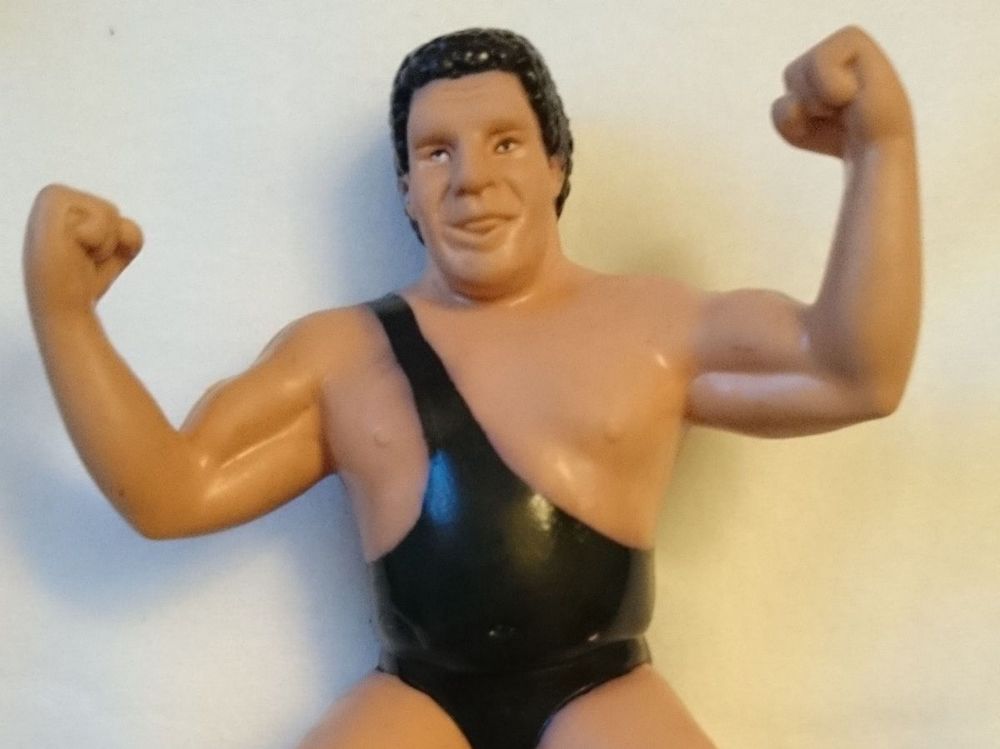
Over the years, Andre the Giant has been immortalized in nearly every popular line of wrestling action figures of all time. These include WWF/E figures from LJN, Hasbro, Jakks, and Mattel, in addition to figures produced by independent companies including Super 7. However, Andre’s wrestling persona isn’t the only one that’s been made in action figure form…
Other Figures
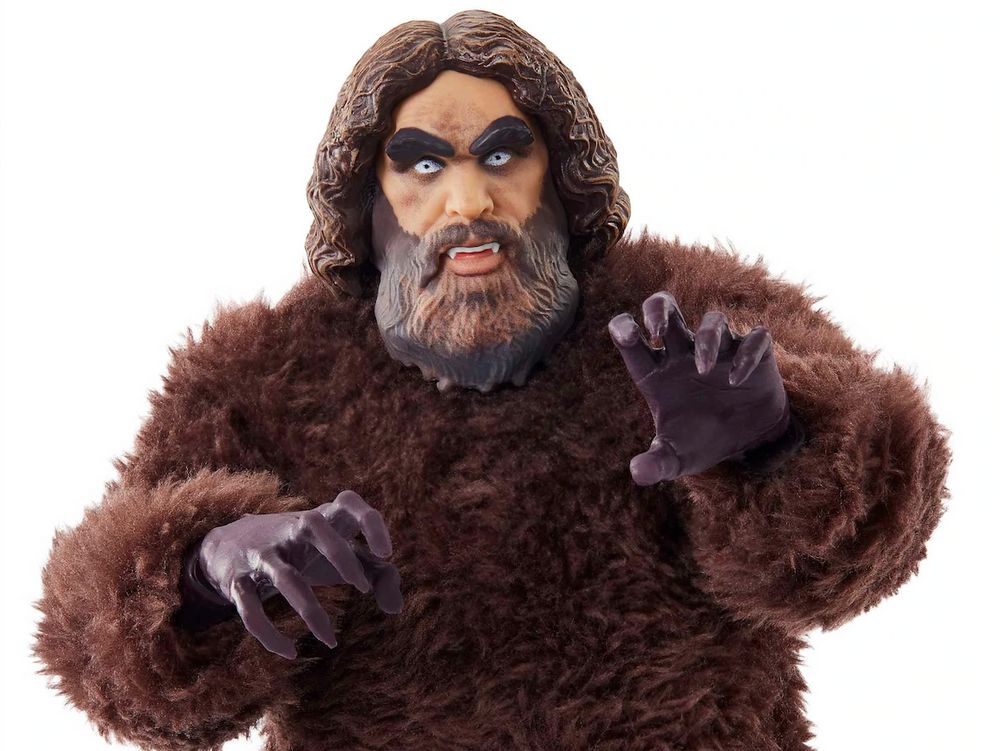
In addition to his countless wrestling action figures, there have been scale figurines of Andre produced in his aforementioned acting roles on The Six Million Dollar Man and The Princess Bride.
WCW
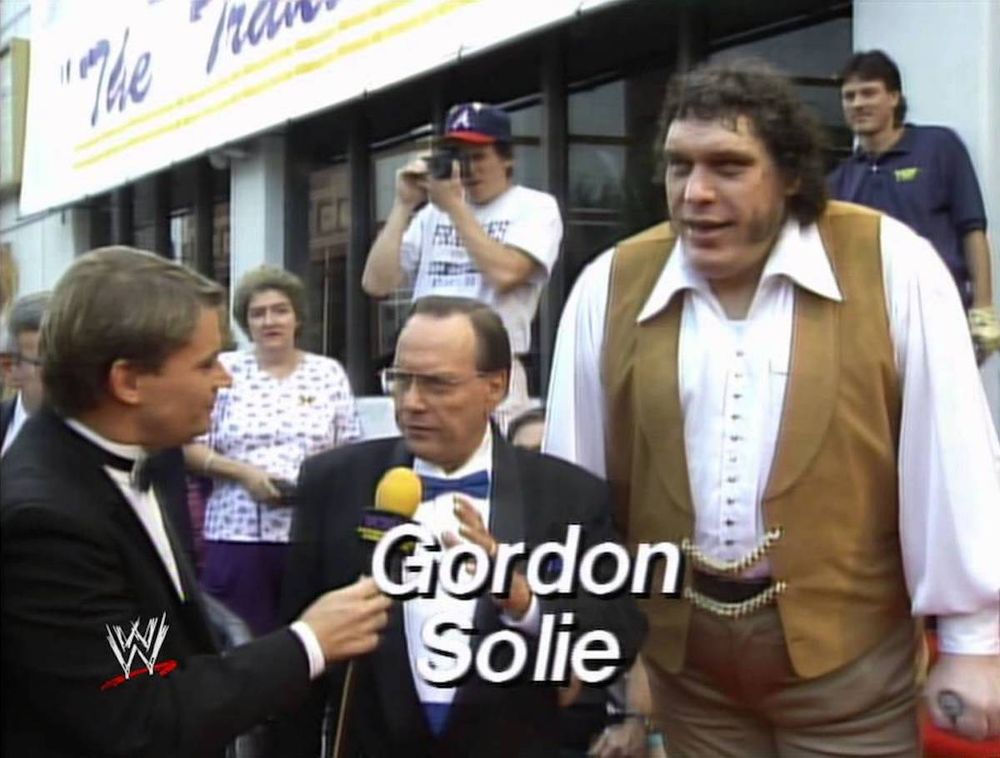
While Andre the Giant is best known for his time in the WWE (then WWF), he actually made his final American wrestling appearance for the company’s then-rival World Championship Wrestling (WCW). He appeared at the company’s Clash of the Champions XX show in September of 1992, giving a brief interview celebrating the twentieth anniversary of wrestling on TBS. The appearance would have unintended consequences for the Giant however…
Vince's Regret
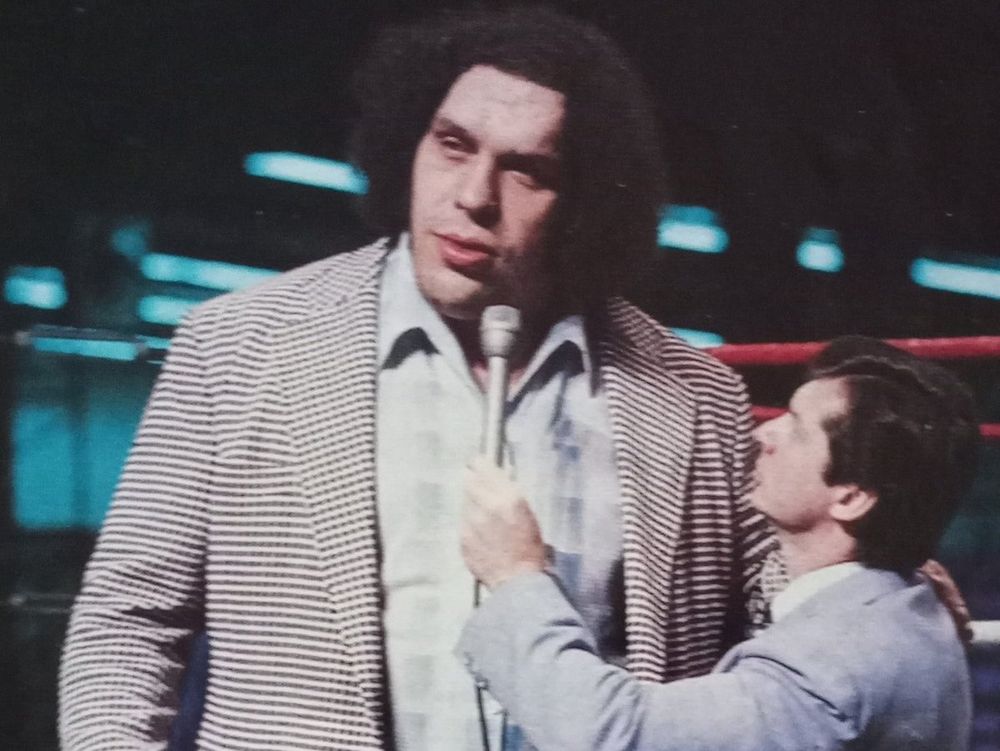
As part of the aforementioned Bill Simmons documentary, Vince McMahon expressed his regret at how his relationship with Andre ended. As reported by Ringside News- McMahon revealed during the HBO “Andre the Giant” documentary that he doesn’t “specifically” remember the last time he spoke to Andre the Giant. In the emotional interview, which you can see below, McMahon said he has the ability to forget bad memories. Obviously, losing Andre without getting to mend things still weighs on The Chairman.
Accolades
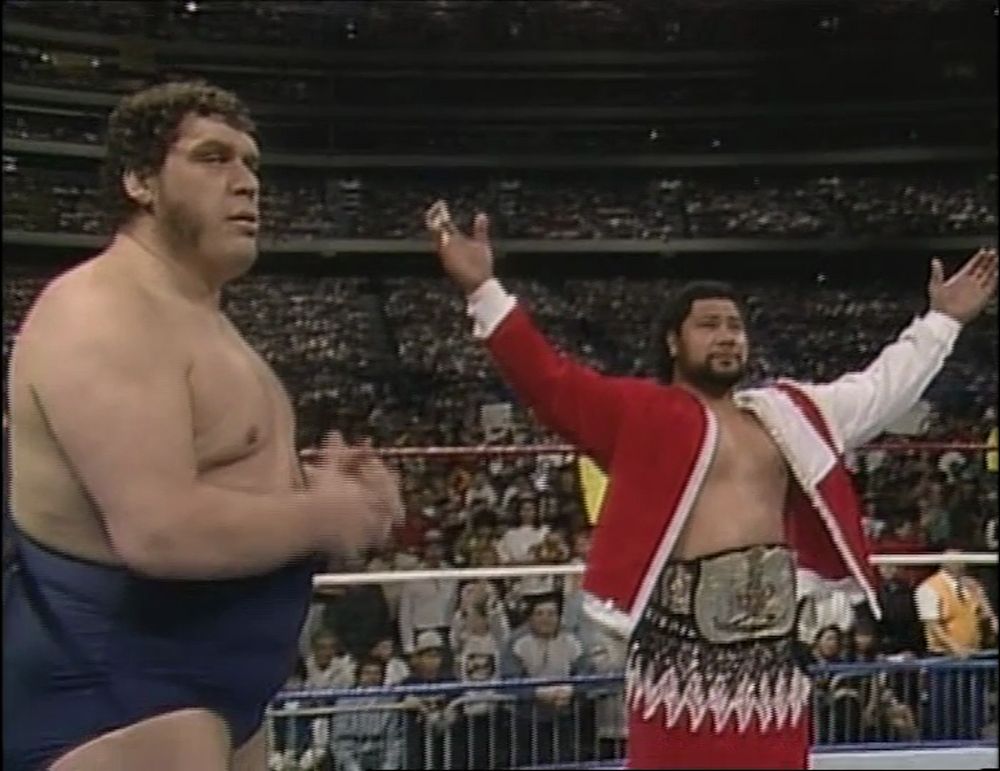
Over the course of professional wrestling career, Andre the Giant was booked to win countless titles due to his immense popularity. These included the IWA Tag Titles with Michael Nader; Austral-Asian Tag Titles with Ron Miller; NWA U.S. Tag Titles with Dusty Rhodes; the Florida Tag Titles also with Rhodes; the WWF Heavyweight Title; and the WWF Tag Team Titles with Haku.
Drafted
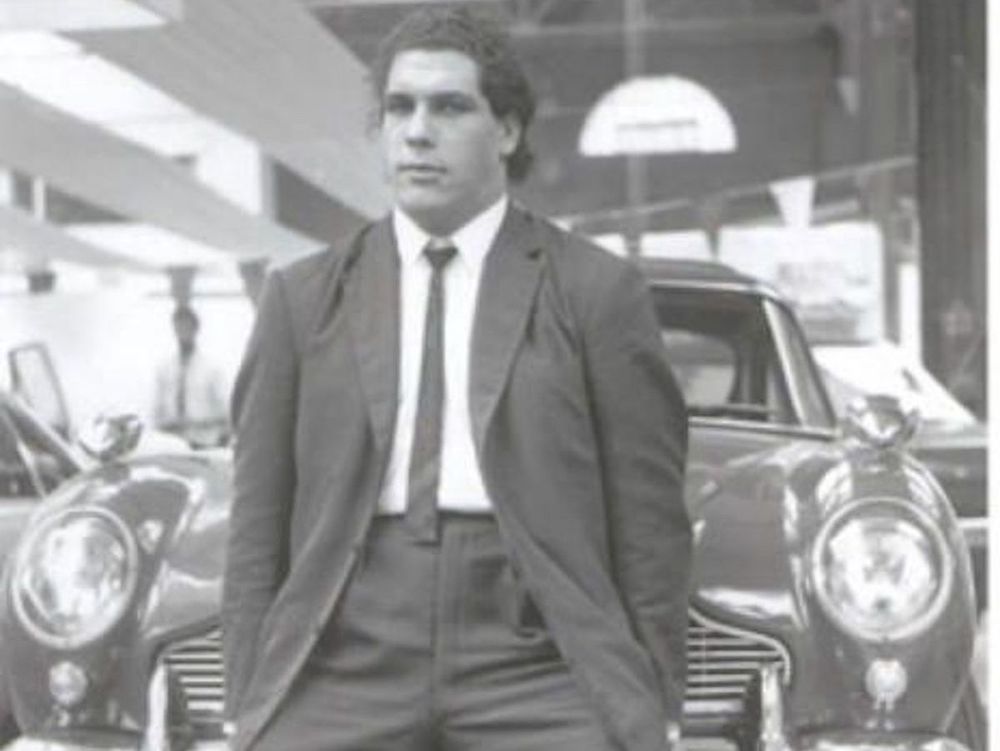
In 1965, Andre received a draft notice for the French peacetime army. However, he wended up not being able to serve because there were “no shoes big enough, bunks long enough, or trenches deep enough” to accommodate him.
World Record Holder
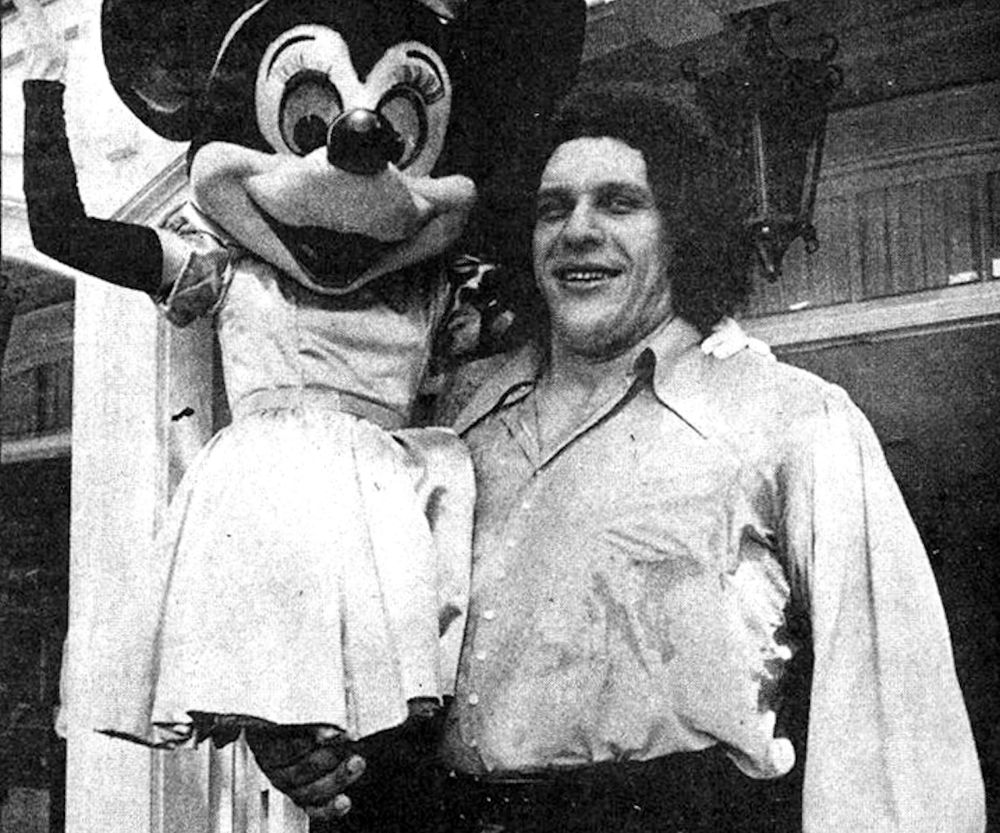
According to the 1974 Guinness Book of World Records, Andre was the as the highest paid wrestler in history, up to that time, earning near $400,000 a year in the early 1970s. Suffice to say, someone with Andre’s height and skillset would make untold millions today.
Quick Links
